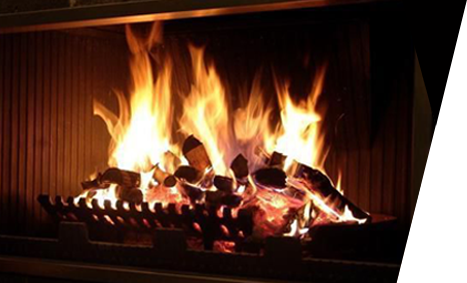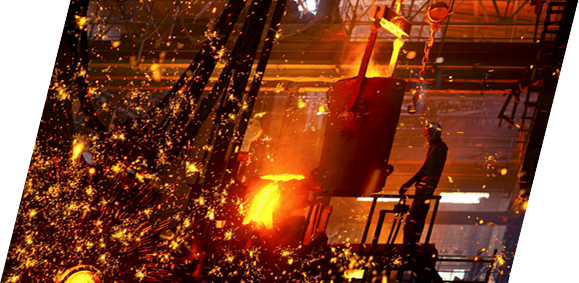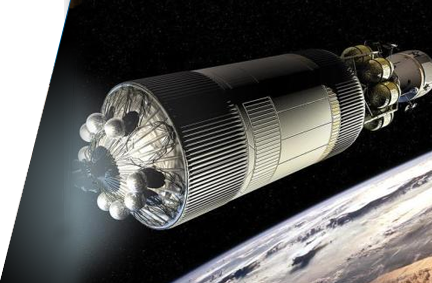Kontaktiere uns
Tel:0086-574-66219838
Fax:0086-574-62637985
Postleitzahl: 315400
Kontakt: Weng Keqing
Telefon:13429261888
E-mail:feida@fideksealing.com

Zuhause / Nachrichten / Branchennachrichten / How Does a Fireplace Blower Work?
How Does a Fireplace Blower Work?
Datum:20-01-11
Introduction
Fireplace blowers are a popular accessory in most fireplaces sold today. A fireplace on its own is capable of releasing a good amount of heat in a room. However, the heat often rises and does not permeate the room as well as it could. This is where a fireplace blower is used to both increase the amount of heat being produced by the fire and help move the heat out away from the fireplace to better distribute the warmth.
Tubing
A fireplace blower starts with special heat-resistant tubing. The fire is built directly on top of the tubing, which causes the tubes to heat the air inside of them. The air inside the tubes can get as hot as 500 degrees F.China basalt products Suppliers
Air Intake
Once the fire blower unit is turned on, an air intake device sucks cold air out of the room and pumps it into the pipes that the fire is built on. Once inside the pipes, it takes very little time for the air to become superheated.
Exhaust
Once the air has been superheated, it is pushed out of the other end much like a heater, using very little electricity. The air is pushed out of the pipes and into the room, causing heat to come both from the fire itself, as well as the heated air from the tubes. The force from the air intake also propels the air farther into the room to increase distribution.
Heat Switch
To keep your space from getting too warm, many fireplace blowers are temperature activated. This works with an attached thermometer on the air intake unit. Once the temperature reaches a set point (usually set by with a dial), the air blower will automatically shut off. Once the temperature drops a few degrees below your set temperature, the unit will power back on to bring the temperature back up to where you have set it.





